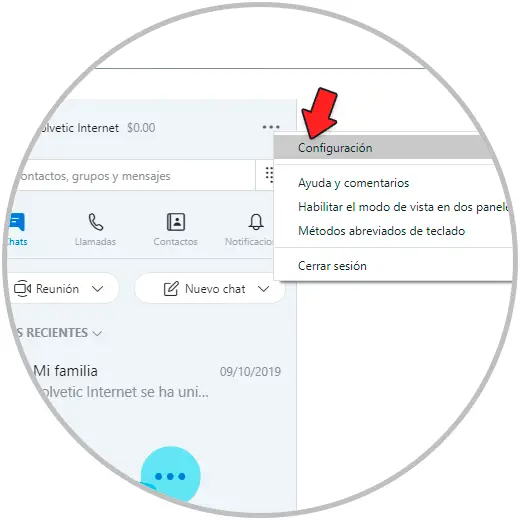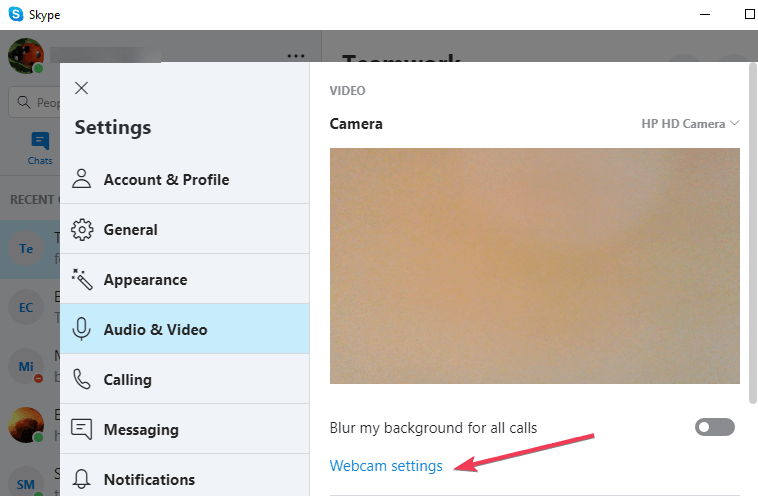

The principle of action is similar, but these are different processes, so they should not be confused. For example, if you open some software and hold down the power button to turn off the PC, then when you restart the system, it will start automatically. It is worth noting that in the Windows 10 operating system at the moment (since 2017), a similar functionality is involved, which is characterized by the automatic launch of programs that were open at the time the OS was shut down and not closed properly. Therefore, we can make a logical conclusion that startup programs are aimed specifically at facilitating the widespread tasks performed by the user. This is necessary so that the user does not spend his time manually searching for executable files and launching the software he often uses.įor example, regular “guests” of startup are antiviruses, instant messengers (WhatsApp and Skype), cloud services (OneDrive or Google Drive), email clients (Outlook), etc. The answer to this question is in the term itself, that is, it is the functionality of the operating system that allows you to run certain programs (processes) along with the start of the operating system.


About what it represents and what benefits it brings? How can I configure it? And most importantly, is it possible to disable it and how? Why You Need To Start -"Startup" The Windows operating system, and most of the computer software, is designed in such a way that the user sees only part of its (their) work and does not notice the tens of thousands of various "shadow" processes that ensure the normal functioning of the computer as a whole.Īnd we are talking not only about background processes, but also about the functionality that represents the automatic launch of certain software at the time of loading the operating system or at a specific time interval specified by another process or user.Īs part of this topic, we will focus on startup programs in Windows 10.


 0 kommentar(er)
0 kommentar(er)
